Half of Americans 50 years and older have varicose veins. These enlarged, twisted veins usually appear on the legs and feet. What causes them? Are there natural remedies available? And is there a way to prevent them?
If you’ve ever been told that crossing your legs will lead to permanent circulation problems, don’t stress too much: That’s a myth (1). When you look down at your arms or legs, you may notice some blue lines running beneath your skin. These are your veins, and they are responsible for delivering blood back to your heart.
Varicose Vein vs Normal Vein
Blood is needed to transport oxygen to all of your organs, tissues, and cells. It travels through a system known as your cardiovascular system. Without this system, you wouldn’t be able to do any of your daily activities, including cooking, eating, breathing, and sleeping.
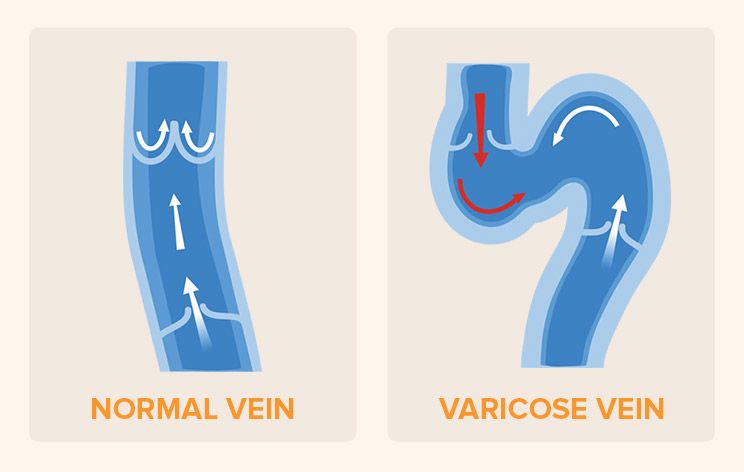
Veins usually appear blue (sometimes dark blue or even purple) because oxygen has been removed from the blood as it travels back to the heart to complete the circuit. Varicose veins look like twisted ropes beneath the surface of the skin. They sometimes bulge out, giving your skin an uneven look. These bumpy veins can happen anywhere on your body, but they are most commonly seen on your legs (usually on thighs, calves, or the insides of legs).
Varicose veins are not the same types of veins that you see bulging from a muscular person’s skin. [tweet_quote] Veins that seem to pop out on in a muscular person are usually smooth, whereas varicose veins appear twisted and ropey. [/tweet_quote] Most people find varicose veins unpleasant to look at, but sometimes, they’re not just a cosmetic problem.
Make sure to consult your doctor if you see varicose veins on your legs, or if your legs feel heavy or sore at the end of the day or after a physical activity. More painful symptoms of varicose veins include:
- Achy or heavy feelings in the legs
- Burning, throbbing, swelling, or cramping in the legs
- The pain increases after sitting or standing for long periods of time
- Bleeding from the veins
- Itching around one or more veins
What Causes Varicose Veins?
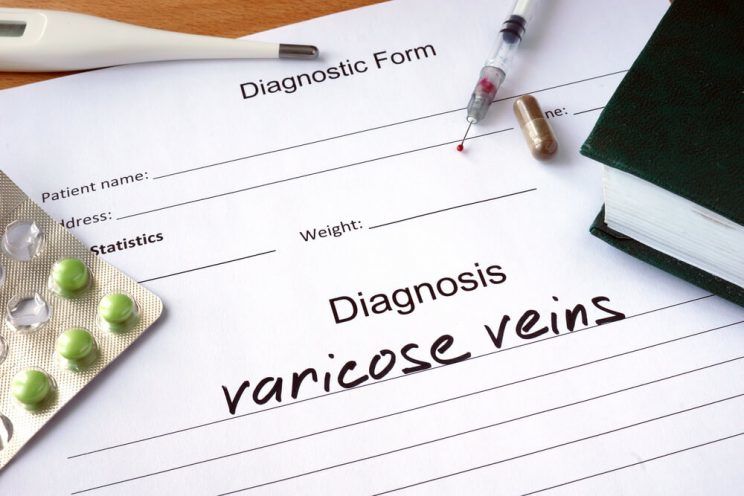
Veins located in your muscles are known as deep veins. They are surrounded by muscles and have a bit more support when transporting blood back to the heart. Veins closer to the surface of your skin are known as superficial veins, and they are located in the subcutaneous layer of your skin. Because they are not surrounded by muscles that could potentially help them deliver blood, they are more likely to develop into varicose veins—as the valves begin to weaken (3).
What Factors Contribute to Varicose Veins (4)?
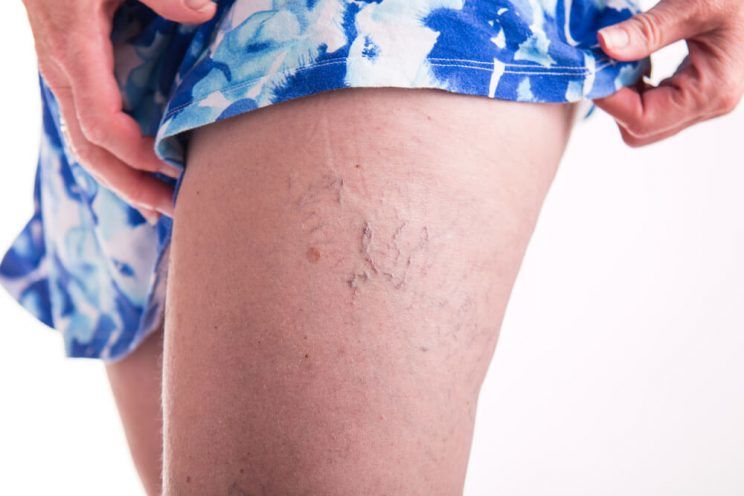
- Excess weight— Being overweight puts extra pressure on your veins.
Lack of movement— Sitting or standing for long periods of time forces your veins to work harder. Then they have to pump blood throughout the circuit on the way to your heart. - Age— As you get older, your valves weaken, and they may not work as well as they used to.
- Pregnancy— Pregnancy causes a large increase in the amount of blood in your body, which can often cause varicose veins. While a newborn is developing, the uterus expands, which puts pressure on veins. These veins typically improve within 3 months of giving birth.
- Hormonal changes— Hormones will usually change during puberty, pregnancy, and menopause. (The latter factors are why varicose veins are more common among women). Being on birth control or hormone replacement therapy may also increase your risk of varicose veins.
- Genetics— If your family members have varicose veins, it’s likely that you are at risk of developing them as well. And some people are just born with weak vein valves, which may also lead to varicose veins.
Natural Remedies for Varicose Veins
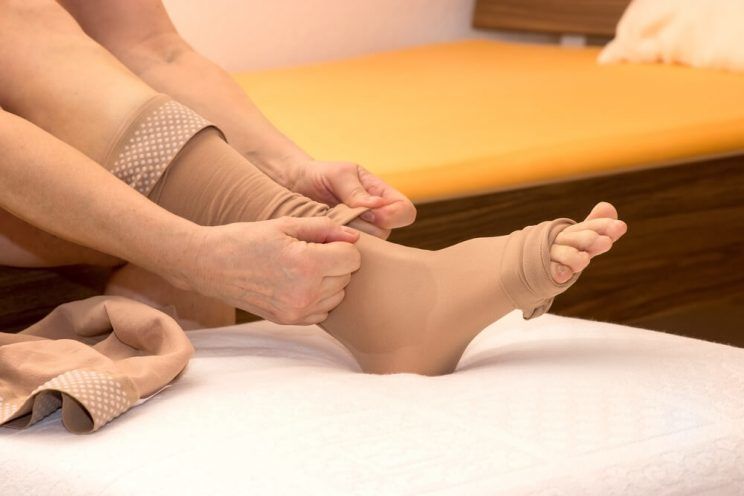
- Horse Chestnut Extract— This cheap, natural remedy is a proven, short-term way to counteract malfunctioning valves in your veins (5).
- Grape Seed and Pine Bark Extracts— Both contain flavonoids, which are powerful antioxidants known to h reduce inflammation and strengthen the tissue structure of our blood vessel walls (6, 7).
- Butcher’s Broom Extract— This evergreen-like shrub is used to promote health of the circulatory system by keeping your blood moving, which reduces pooling and inflammation. It also contains flavonoids (8, 9).
- Compression Stockings—There are many prescription pressures for which you would need to consult a physician, but there are over-the-counter options as low as $10. Wearing compression stockings won’t make your varicose veins disappear, but they will reduce symptoms like aching, burning, cramping, heaviness, and swelling. Many people experience these symptoms during long periods of immobilization (e.g., when traveling on long car rides or flights). Wearing compression stockings on these specific occasions is a great way to minimize your risk of encountering blood clots and worsening varicose veins (10, 11).
Tips to Reduce the Rrisk of Varicose Veins
- Eat more fiber (12, 13)
(e.g., asparagus, beets, pomegranate) - Eat tannins (14, 15)
(e.g., berries, squash, black tea, nuts) - Eat foods with bioflavonoids (16, 17)
(e.g., apples, cherries, grapes, blackberries, apricots) - Eat bromelain (18, 19)
(e.g., pineapple, kiwi, figs, papaya) - Stay hydrated
Exercises for Varicose Veins
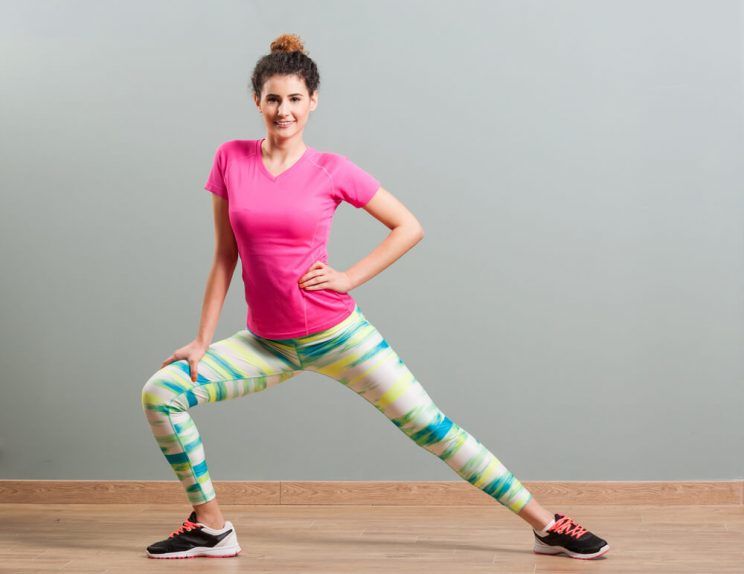
- Bicycle Legs— Lie on your back, lift your legs in the air, and bend them at the knee like you’re forming a tabletop. Pedal your legs as if you’re riding a bike. Feel free to alternate one leg at a time if you’d like. To do that, keep your idle leg fully on the floor.
- Calf Raises— Stand up straight with your feet slightly apart. Slowly rise onto your tiptoes, then lower back down.
- Leg Lifts— Sit on the floor or lie on your back. Keep your legs straight while you slowly lift one foot at a time. With each leg in the air, pause to let the blood run down your leg. Slowly, lower your leg back down to the floor, then repeat with the opposite leg.
- Side Lunges— Stand with your legs hip-width apart. When doing a side lunge, always remember to keep your knee directly over your ankle. Step to the side with your right leg, and bend your right knee at a 90-degree angle. Your left leg should be at a slight angle. Come back to your starting position by slowly straightening your right leg, Eventually, bring your leg back into hip-width stance. Repeat on the other side.
- Walking— Walking is a great way to start exercising. It’s a low-impact activity, which improves blood flow by stretching and strengthening your calf muscles. If you aren’t getting much activity in your daily routine, try walking for 20-30 minutes a day.
- Elliptical or Stationary Bike— These are other great, low-impact ways to exercise, which also strengthen your calves and improve blood flow. They also exert little stress on your joints and bones.



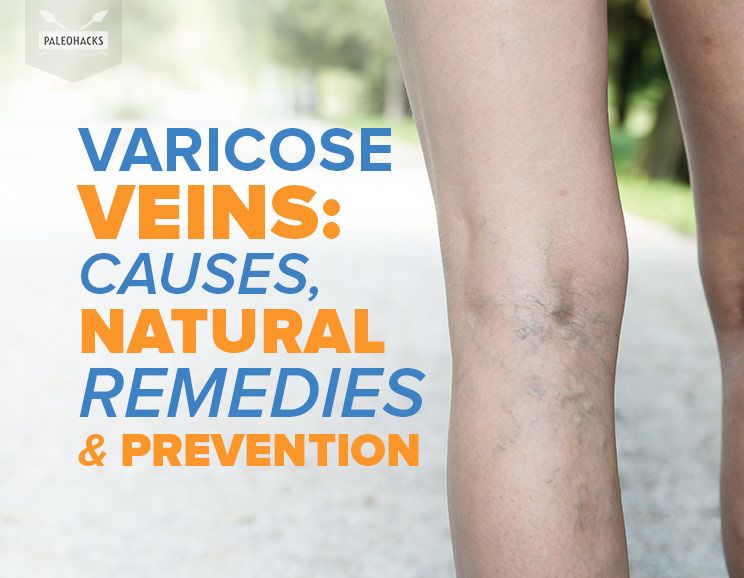
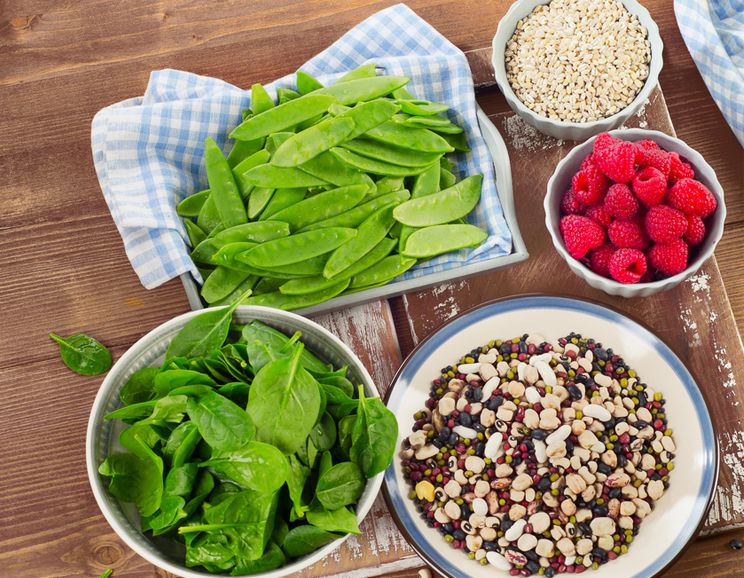
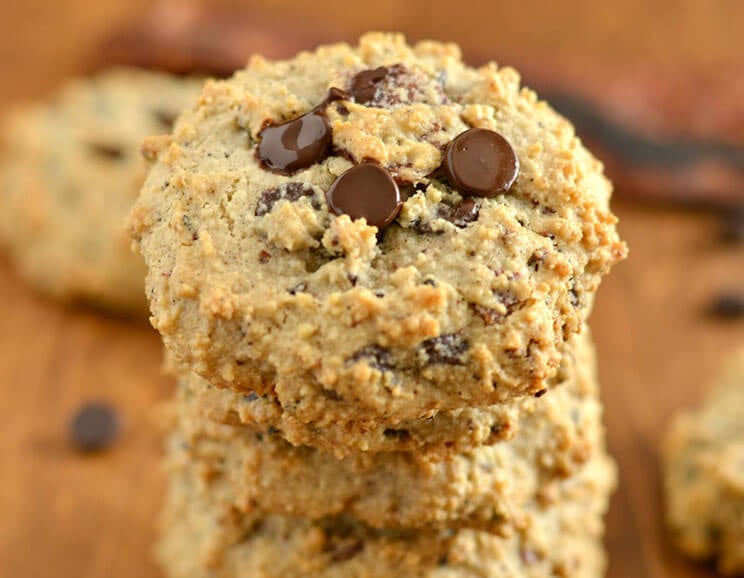 Maple Bacon Chocolate Chip Cookies
Maple Bacon Chocolate Chip Cookies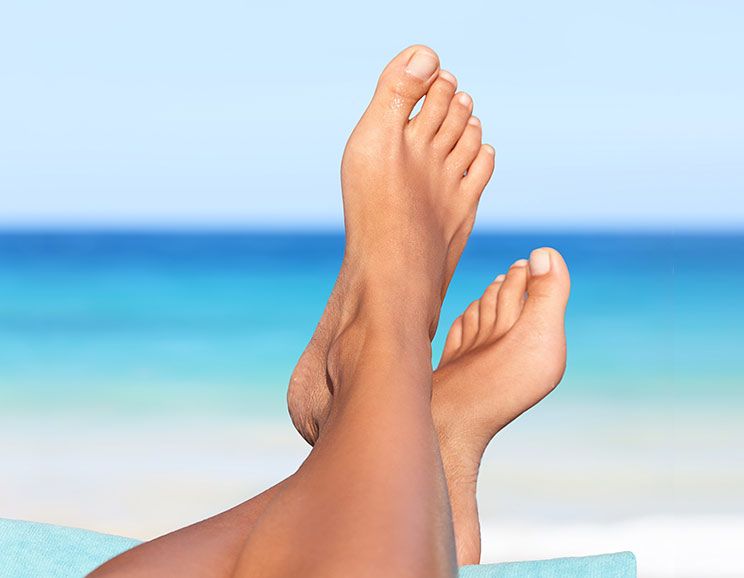
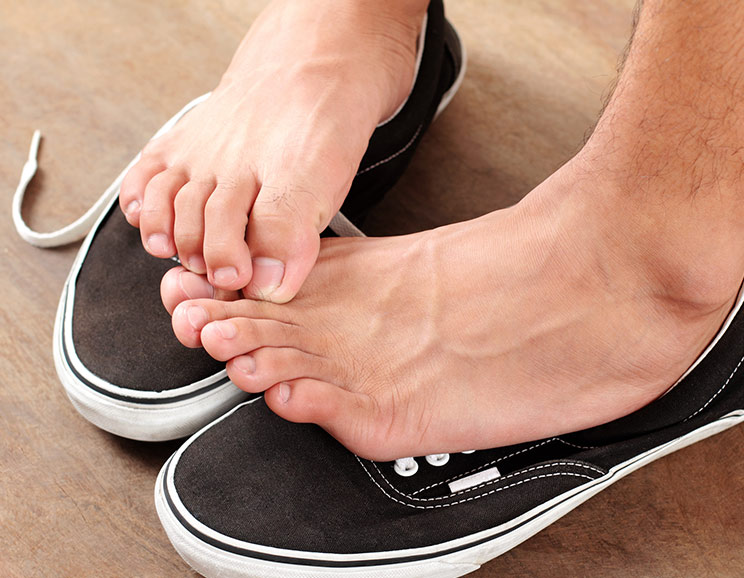
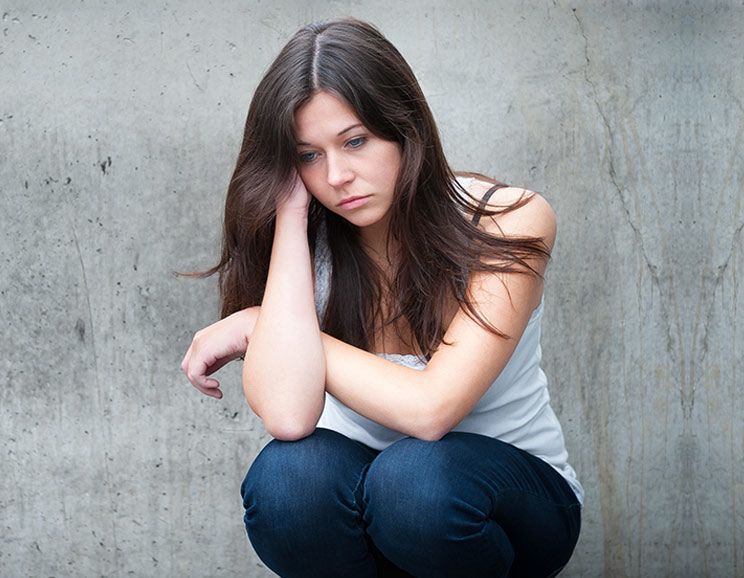
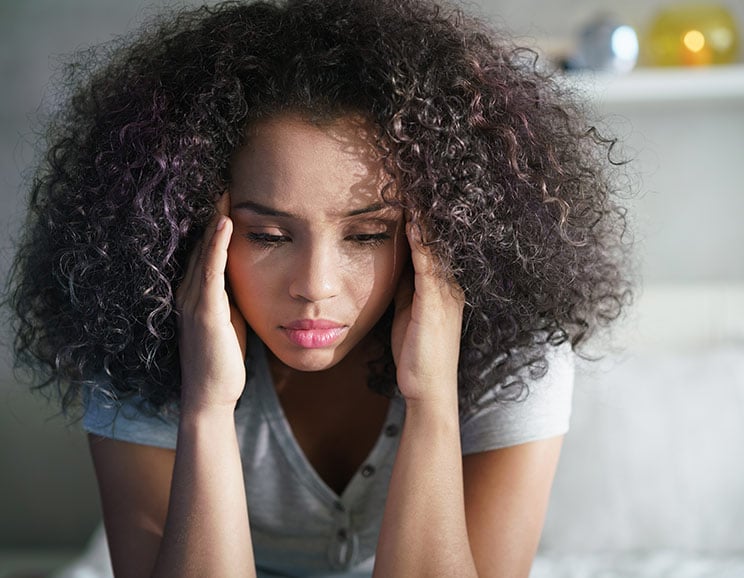
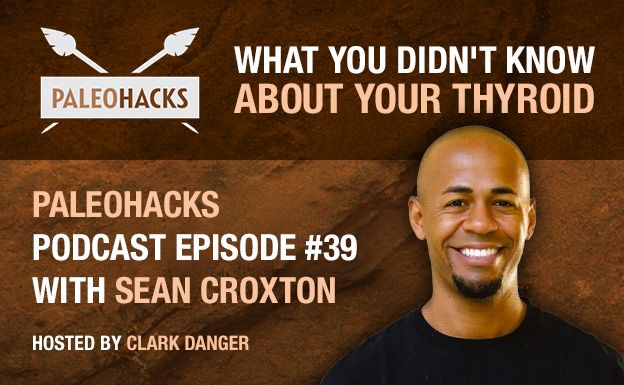
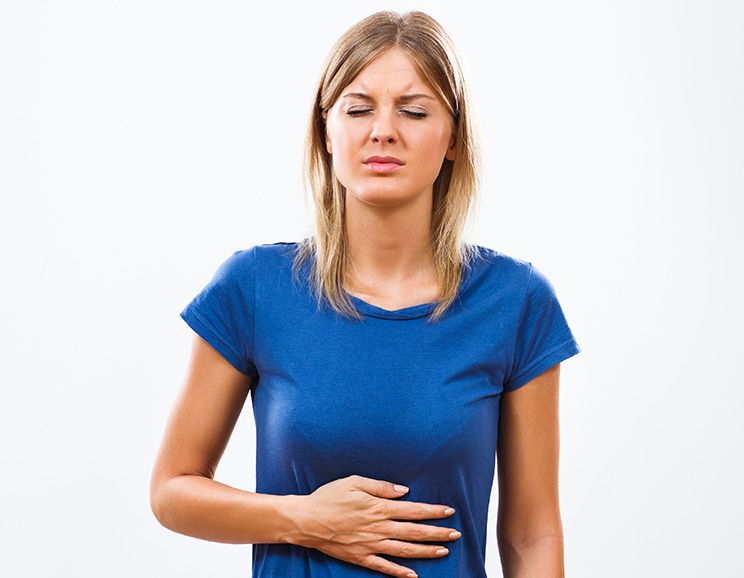
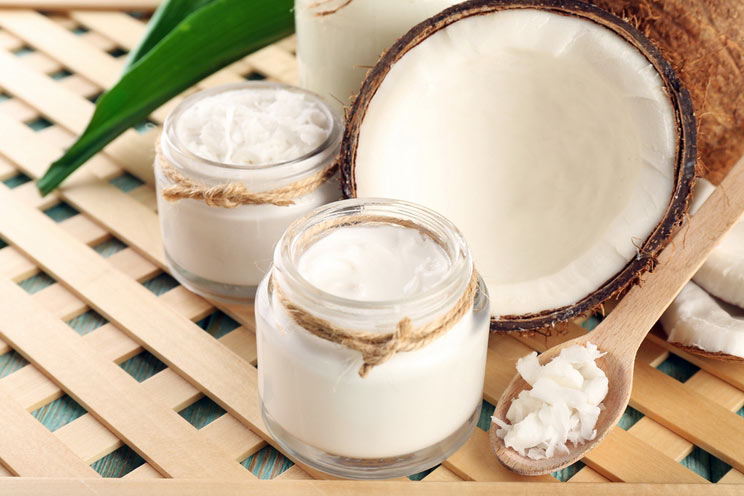

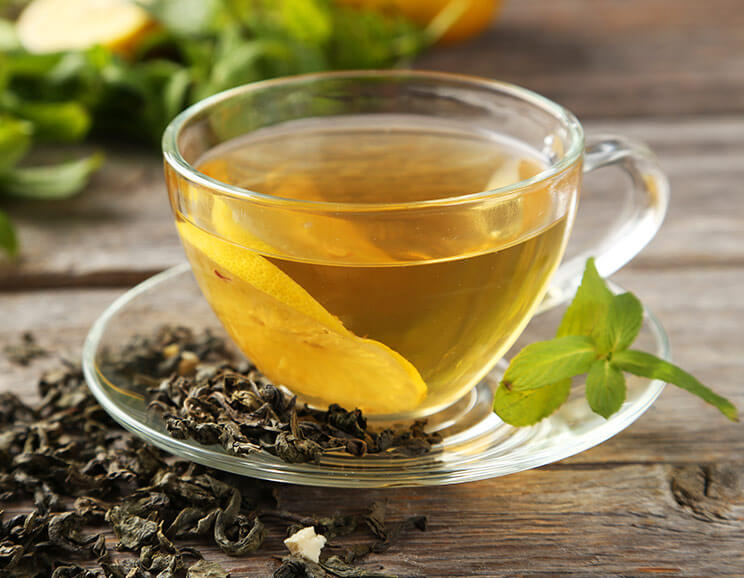
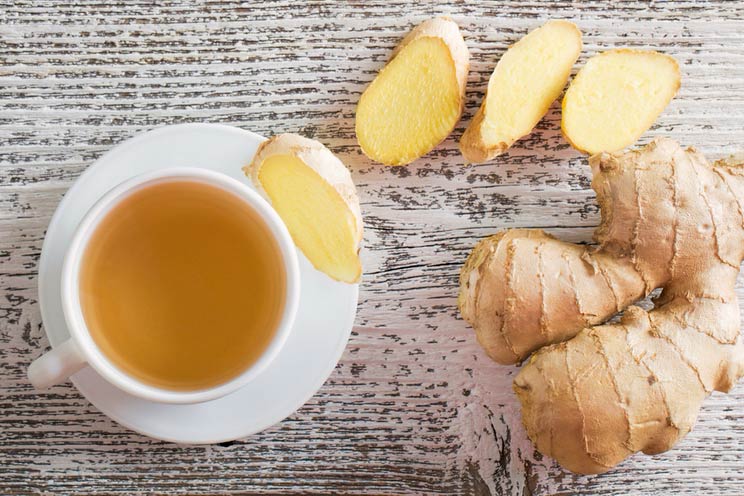
Show Comments